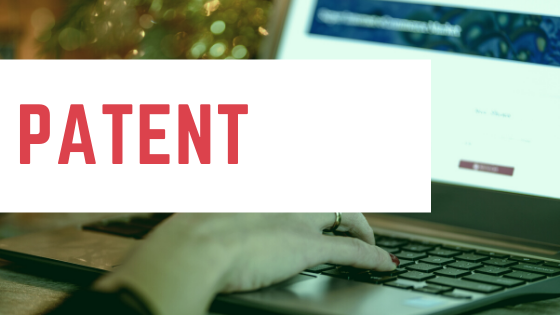The USPTO requires a filing fee with each application submitted. Applicants who qualify as a “small entity” enjoy a reduced fee schedule about 50% lower than the fees paid by large companies. Currently, the small entity fees are under $600, but fees are raised annually.
If you file a provisional application, you’ll pay a slightly lower filing fee for that application, then pay the full filing fee when you submit the regular application.
There are a variety of other possible fees that may be levied if the application includes an unusual number of claims or drawings, or if certain deadlines are missed for responding to the patent office’s requests for additional information or documents. (For a complete fee schedule, see http://www.uspto.gov/go/fees/.)
Patent Prosecution
After the application is filed, a government patent examiner begins the rigorous process of determining whether or not your invention qualifies for patent protection. Patent applications are routinely rejected initially because of some objection the examiner has. The patent attorneys or patent agents charge extra each time they are required to respond to the patent office’s action letters to clarify the examiner’s concerns or file an amendment to the application as described in this https://www.natureworldnews.com/articles/43137/20200108/why-inventhelp-is-a-great-resource-for-new-inventors.htm article. Their fees could range from $1,000 to $5,000 for each response, depending on the time each requires.
Patent Appeal
If your patent application is ultimately denied, there is a process for filing an appeal. This process could cost from $2,000 to $10,000 additional in filing fees and attorney or patent agent costs.

Patent Issuance
When your patent application is approved, final drawings and documents are prepared and submitted to the USPTO with the issuance fee. Altogether, the drawings, government fees and attorney/agent expense can be $1,500 to $2,500.
Patent Maintenance
To keep a patent valid and in force requires periodic payment of patent maintenance fees. The rationale for these fees is that if it is not worth it to the patent owner to pay the maintenance fee, then the invention should be released into the public domain to spur further innovation as you can see from https://www.latinpost.com/articles/143207/20200108/why-new-inventors-need-assistance-from-inventhelp.htm.
Maintenance fees are due 3 ½ years, 7 ½ years, and 11 ½ years after patent issuance. The first fee is currently about $1000, the second is about $2500, and the third is about $4100.
Summary
Given all the variables of invention complexity, optional choice of a provisional application, and responding to an unpredictable number of patent examiner concerns, it’s easy to see now why the cost of a patent can vary so widely.
Perhaps more helpful in predicting the patent costs for your invention, however, is the observation of one prominent patent attorney that for two-thirds of his clients, the entire patent application and issuance experience costs between $7,000 and $15,000 – maintenance fees extra.